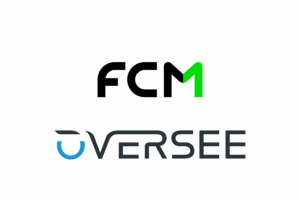
Top Business Travel Trends 2026
Oversee’s CPO, Oded Zilinsky, is featured in Business Travel Magazine’s Top Business Travel Trends, sharing expert insight on what will shape corporate travel in 2026.

Oversee’s CPO, Oded Zilinsky, is featured in Business Travel Magazine’s Top Business Travel Trends, sharing expert insight on what will shape corporate travel in 2026.

How AI is reshaping the traveler experience without losing the human touch. Key insights from the ‘High tech, High Touch’ panel at GBTA Europe featuring Oversee’s CTO Ami Goldenberg.

Pilot success leads to an extended partnership with Oversee to streamline agent operations and enhance traveler experience.

In his latest Forbes feature, our CEO Aviel Siman-Tov shares his perspective on how AI is transforming the travel industry and unlocking new opportunities for innovation and smarter service.

Our recent webinar in partnership with Business Travel News explored how TMCs are leveraging agentic AI to transform service delivery.

Working with Oversee means more than just tech upgrades, it’s about making travel effortless. From catching fare drops to automating repetitive tasks, we help your team focus on what really matters.